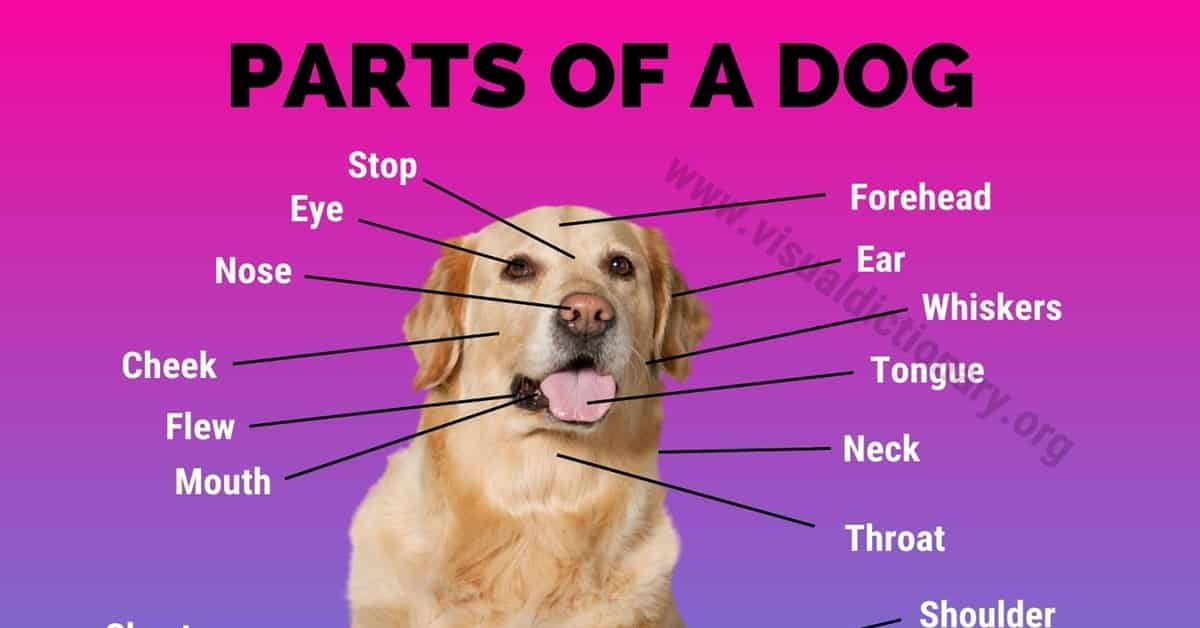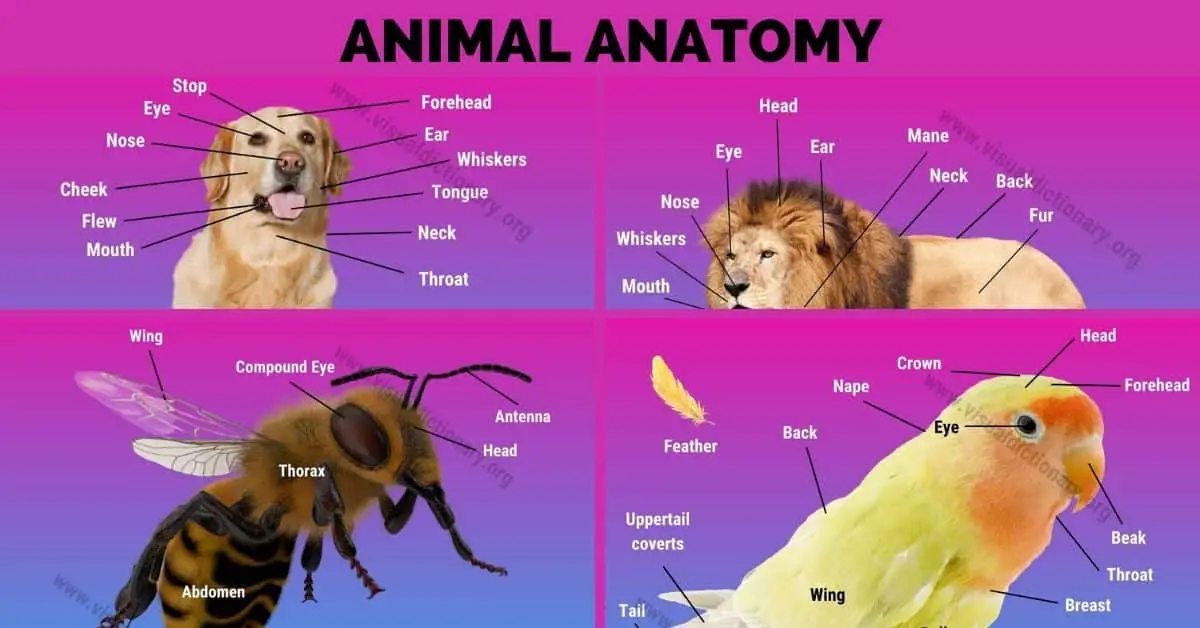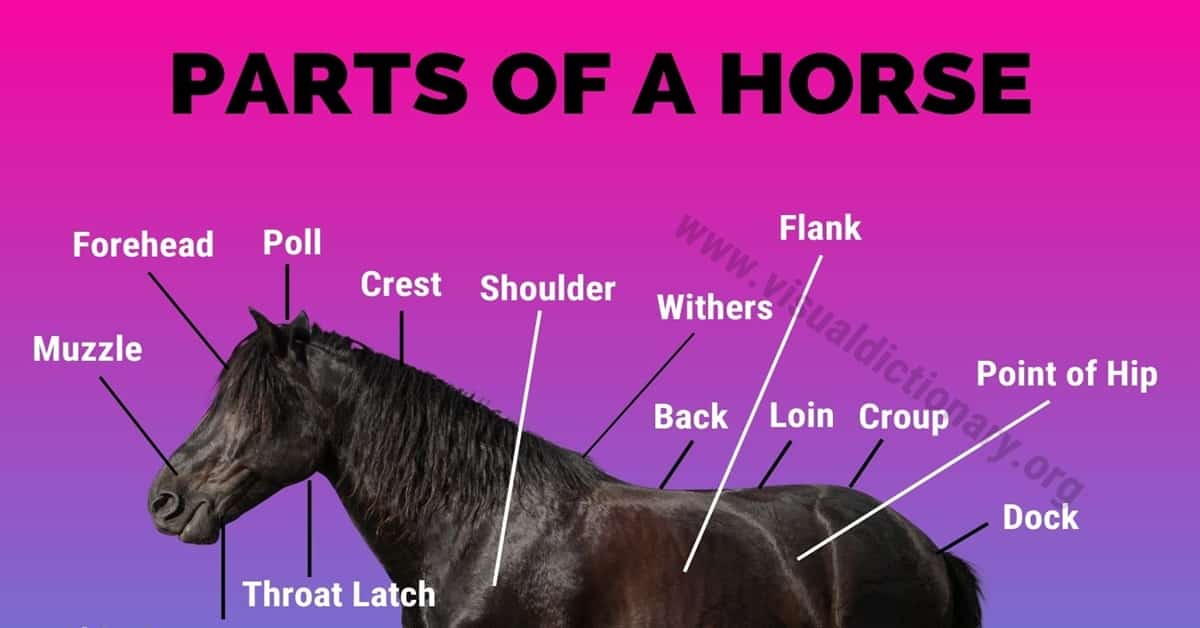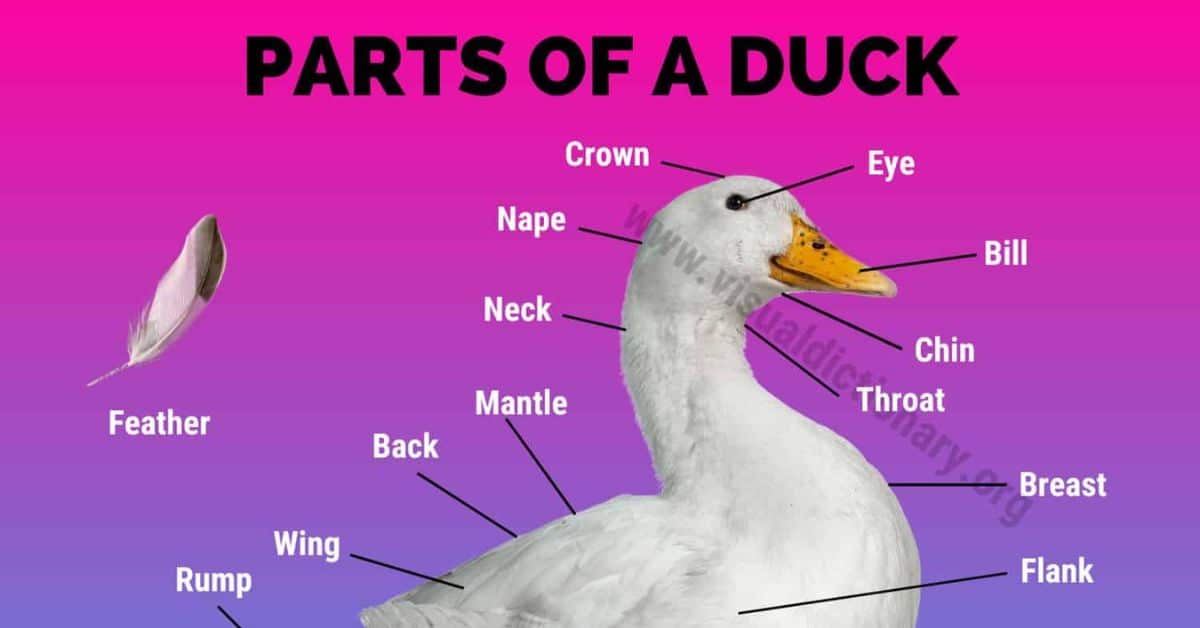Dog anatomy is a fascinating subject that is worth exploring. In this article, we will be discussing the different parts of a dog’s anatomy. Whether you are a dog lover or a veterinary student, this article will provide you with useful information that will help you understand your furry friend better.
We will be covering the most commonly used body parts of a dog, including the abdomen, throat, back, nape, belly, brisket, wrist, chest, prosternum, croup, claw, ear, elbow, and many more. Our aim is to provide you with a comprehensive understanding of the different parts of a dog’s anatomy. This knowledge will help you identify any potential health issues that your dog may be experiencing and allow you to take the necessary steps to ensure their well-being.
So, let’s dive into the world of dog anatomy and explore the different parts of a dog’s body. By the end of this article, you will have a better understanding of your furry friend’s anatomy and be able to appreciate the complexity and beauty of their design.
Table of Contents
Dogs
Dogs are quadrupedal mammals, meaning they have four legs. They come in all shapes and sizes, from the tiny Chihuahua to the massive Great Dane. Despite their differences in appearance, all dogs share some common anatomical features.
One of the most important features of a dog’s anatomy is their skeleton. It provides the framework for their body and allows them to move. Dogs have a skull, spine, ribcage, and limbs. Their front legs are attached to their shoulders and are used for steering and braking, while their hind legs are attached to their hips and are used for propulsion.
In addition to their skeleton, dogs have muscles that allow them to move their body. These muscles are attached to bones and work together to create movement. Dogs also have organs that are vital to their survival, such as the heart, lungs, and liver.
The anatomy of a dog can vary depending on their breed. For example, a Greyhound has a lean and muscular body that allows them to run at incredible speeds, while a Bulldog has a stocky and powerful build that makes them great for activities like weight pulling.
External Dog Anatomy
Dogs come in a variety of shapes and sizes, but they all share some common external features. These include the head, ears, eyes, nose, mouth, neck, tail, legs, and paws.
The head of a dog is one of its most distinguishing features. It includes the skull, jaw, and teeth. The ears can be upright or floppy, and they come in a variety of shapes and sizes. The eyes are usually round and can be brown, blue, or green. The nose is located at the front of the face and is used for smelling. The mouth includes the tongue, teeth, and gums.
The neck of a dog connects the head to the body and is usually muscular. The tail can be long or short and is used for communication and balance. The legs are used for standing, walking, and running. They include the shoulder, elbow, wrist, and paw. The paw is made up of the toes, pads, and nails.
It’s important to note that different breeds can have variations in their external features. For example, some breeds have longer or shorter legs, while others have curly or straight hair.
Overall, understanding the external parts of a dog is crucial for dog owners and enthusiasts. By recognizing the different features of a dog, we can better care for them and communicate any issues with veterinarians.
Parts of A Dog | List
- Abdomen
- Throat
- Back
- Nape
- Belly
- Brisket
- Wrist
- Chest
- Prosternum
- Croup
- Claw
- Ear
- Elbow
- Forehead
- Eye
- Forearm
- Fur
- Head
- Hock
- Leg
- Shoulder
- Muzzle
- Crest/ Neck
- Nose
- Paw
- Rump
- Upper Arm
- Forefoot
- Tail
- Thigh
- Tongue
- Withers
- Stop
- Whiskers
- Cheek
- Tail Set
- Flew
- Loin
- Stifle
- Pasterns
Frequently Asked Questions
What are the different parts of a dog’s body?
The different parts of a dog’s body include the head, ears, eyes, nose, mouth, legs, paws, and tail. Each part has its unique characteristics and functions. For example, a dog’s nose is highly sensitive and helps them detect scents, while their paws have paw pads that provide traction and shock absorption.
What are the internal organs of a dog?
The internal organs of a dog include the heart, lungs, liver, kidneys, stomach, intestines, and reproductive organs. These organs work together to keep the dog healthy and functioning properly. For example, the heart pumps blood throughout the body, while the kidneys filter waste products from the blood.
What are the muscles in a dog’s body?
Dogs have over 700 muscles in their bodies, which allow them to move and perform various actions. These muscles include the jaw muscles, which are used for chewing, and the leg muscles, which are used for running and jumping. Different breeds of dogs have different types of muscle fibers, which can affect their athletic abilities.
What is the function of a dog’s flank?
A dog’s flank is the area between their ribs and hips. It contains muscles that are used for movement and support, as well as the kidneys and other internal organs. The flank can also be a sensitive area for some dogs, and they may not like being touched there.
What is the most sensitive part of a dog’s body?
The most sensitive part of a dog’s body is their nose. Dogs have an incredible sense of smell, and their noses are highly sensitive to scents. They can detect odors that are thousands of times weaker than what humans can smell.
What organs are located on the right side of a dog?
The organs that are located on the right side of a dog include the liver, gallbladder, and part of the stomach and intestines. These organs work together to digest food and filter waste products from the blood. It is important to keep these organs healthy and functioning properly for the dog’s overall health and well-being.
Related terms:








this is so cool